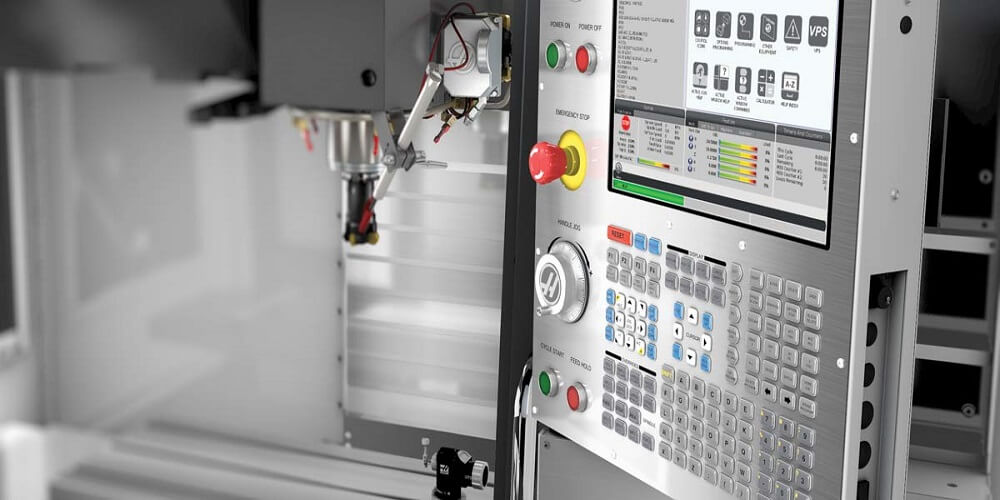Since the world exploded with various inventions, things have just never been the same. At the center of all these inventions and advancements in the manufacturing industry. From rapid manufacturing to 3D printing, the race to be at the top has heightened over the years.
For most people, spotting the difference between the concepts has also been a challenge. One such challenge is with 3D printing and rapid manufacturing. Are they the same thing? Or is there a difference which we have missed?
In this article, we’ll look at both concepts and see if we can spot some differences.
Understanding 3D Printing
Simply put, this is the entire process of manufacturing that takes place digitally. The end result of 3D printing is bringing the product that has been modeled into existence. The fabrication of any material during this procedure is done using a nozzle or head.
3D printing is fundamentally different from rapid manufacturing. Here’s why.
Understanding Rapid Manufacturing
The word “rapid” gives it all away in my opinion. It simply refers to a quicker way of manufacturing products. It is a form of additive manufacturing that makes it faster and more accurate. Rapid manufacturing is usually made possible through the use of 3D printers and similar technology.
While these are the easiest differences between both concepts, there are yet even others. Let’s consider some of them.
The price
Rapid manufacturing and 3D printing are going to need substantially different amounts of cash to pull off. If you are in the manufacturing industry, you’d quickly realize that rapid manufacturing is leagues ahead of 3D printing when it comes to costs.
This can be explained by the machine costs and other maintenance that has to be regularly carried out. Most 3D printing will usually cost you $1000-3000 every year in maintenance. Rapid manufacturing, on the other hand, can easily cost you $10,000.
The choices of material available
Here’s another vital difference. The material used by both processes is worlds apart. For 3D printing, the material usually used include plastic and PVC. For rapid manufacturing, there is an endless list of materials that can be used.
The bottom line is that raid manufacturing is definitely more flexible than 3D printing.
Other things such as the precision and accuracy of both processes are largely different. You can expect more accuracy and detail with rapid manufacturing. It’s just a lot broader than 3D printing.
So what should I do next?
If you wanted to find out the difference for your business, then this is the right time to act. If you are interested in rapid manufacturing, then you should make time to do research.
Getting the right items can make a lot of difference in how your products turn out in the future. So make a wise choice.
Final Thoughts
So there you have it! That’s the difference between rapid manufacturing and 3D printing. You can be sure that you’ll have absolutely no confusion from now on. We hope this has a positive impact on your business.

